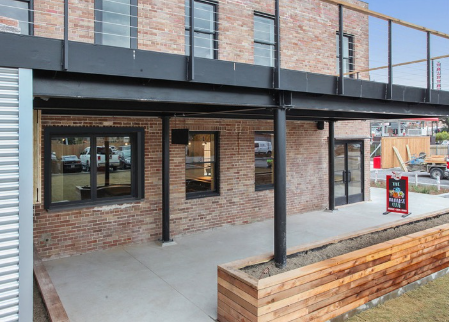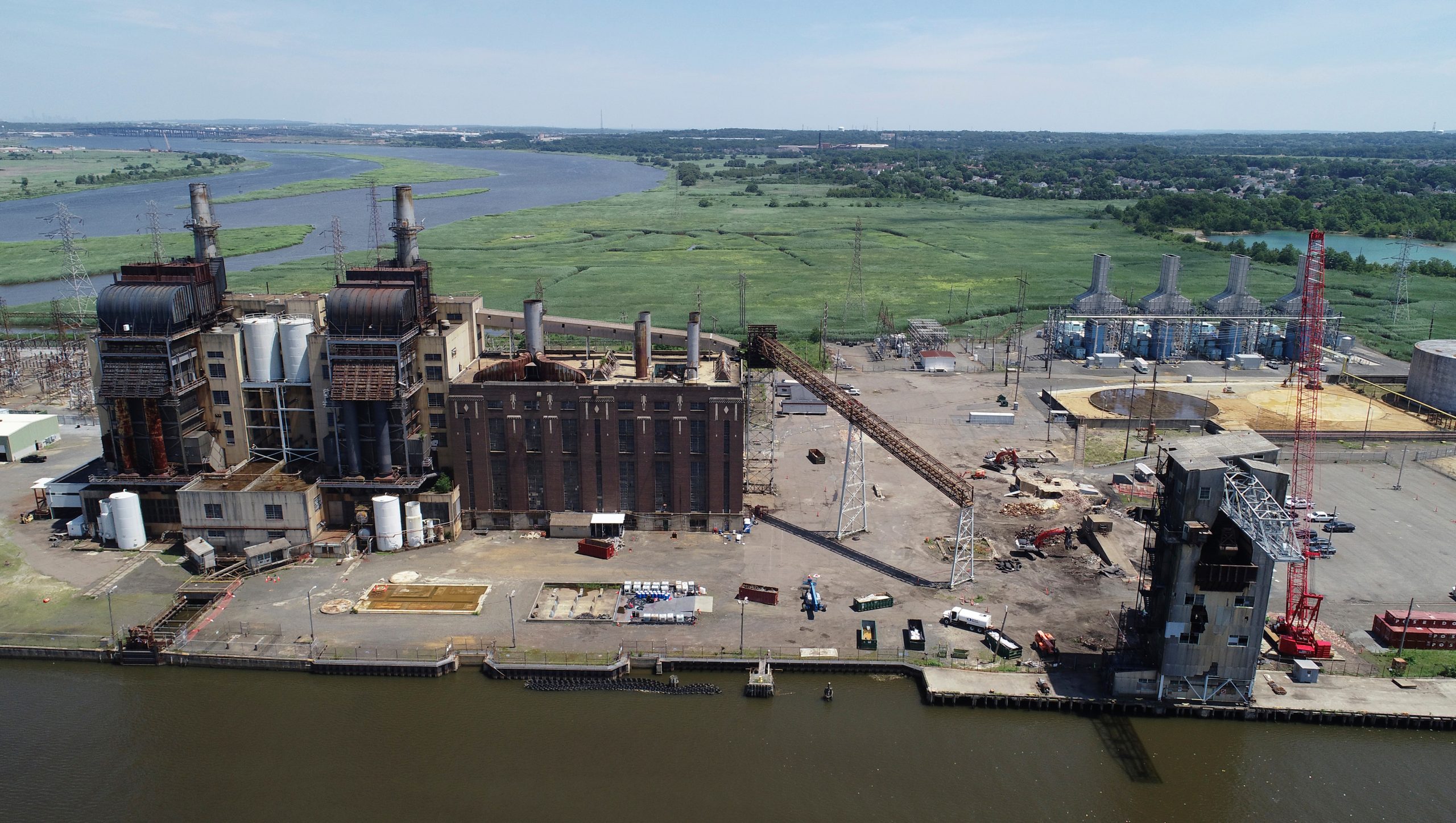
Available Brownfields for Redevelopment in Your Area!
How can you stimulate economic development, mitigate environmental injustices, increase affordable housing stock, protect public health, and support community revitalization? Let us introduce you to land reuse and brownfield redevelopment! And before you think, “I don’t have a brownfield,” read on to learn how every land reuse project can be initiated with brownfields grants and also utilize brownfields tools.
Getting started with the need-to-know brownfield concepts was recently discussed in our past webinar education series: Brownfield Basics Part 1 and Part 2. Brownfield experts, Noemi Emeric-Ford, Regional Brownfields Coordinator for EPA Region 9, Maryam Tasnif-Abbasi, California DTSC’s Brownfield Development Manager, and Ignacio Dayrit, CCLR’s Lead Program Consultant, came together to provide insight, real-world examples, and support for those new to the land recycling space. In the webinar, they clarified foundational definitions and explained what to expect with brownfield revitalization. We encourage you to watch the webinars – here are the highlights of what you can expect.
To begin, a brownfield is defined as: “real property, the expansion, redevelopment, or reuse of which may be complicated by the presence or potential presence of a hazardous substance, pollutant, or contaminant.”
The key word here is “potential presence.” If you suspect contamination from chemicals such as lead, asbestos, petroleum, etc, you may be able to access brownfield grants and/or technical assistance to clear a site’s record, or start a plan to remediate uncovered contamination.
Brownfields can present a public health risk and stymie community revitalization, while their cleanup and reuse offers unique opportunities to support environmental justice and climate-smart growth within vulnerable communities. Brownfields can be repurposed to address community needs, such as: providing housing options, employment opportunities, parks, and health care facilities, while simultaneously removing potential liability and public health risks caused by abandoned structures and/or contamination.
Why Brownfields Exist
When industrialization first began, there were no environmental regulations against pollution. Land use laws drove polluting industries to be located in neighborhoods with more people of color (POC) and lower incomes. The affluent led the “white flight” into the suburbs, hollowing out inner cities. In addition, POC and lower income individuals were “redlined” out of affluent communities which prevented these underserved communities from gaining generational wealth. After decades of advocacy work by these communities and their allies, environmental laws such as the Clean Water Act and Comprehensive Environmental Response, Compensation, and Liability Act (CERCLA) were finally developed and enforced between the late 1960s and early 1980s. With the creation of these rules, many polluters chose to close down or move overseas instead of abiding by the new rules that established potentially costly limits to what they could do. Due to this, many industrial properties were abandoned which led to additional business closures and socioeconomic impacts consisting of loss of local jobs, racial inequality, and a decrease in investment in communities with brownfields.
This period of time was classified as the “Brownfield Boom,” resulting in more than 450,000 sites in the United States being labeled brownfields. In order to provide support to those surrounding communities, a variety of initiatives and policies were put into place that encouraged non-profit organizations, tribal entities, and governments to clean up and reuse any potential brownfields in their community. These initiatives, such as the Small Business Liability Relief and Brownfields Revitalization Act or simply, the Brownfields Act of 2001, implemented provisions to limit the liability of non-polluters, provided funding for brownfield cleanup and assessment, and incentivized investment in brownfield reuse in part by providing protection from contamination liability for prospective purchasers.
More recently, President Biden launched the Justice40 Initiative to address concerns regarding climate change, racial inequality and environmental injustices as well as spur economic development for underserved communities by requiring that at least 40% of applicable federal funds be delivered to historically disadvantaged communities. Funding for redevelopment is included in this requirement. Additionally, the Bipartisan Infrastructure Law has made billions of dollars available for assessment and cleanup of sites and for environmental justice initiatives. These policies illustrate impactful progress being made to support equitable and sustainable redevelopment.
Due to past decisions made around reuse and historical redlining, brownfields are more prevalent in both communities of color and underserved communities. The Justice40 Initiative is one crucial step to supporting the alleviation of the brownfield burden within those communities. If you are reading this blog post and think, “Well, my community is rural, suburban, mostly white, etc, I must not be eligible for brownfield funding,” but actually brownfields exist in those areas as well and there are available grants you can utilize. This is because the EPA and others recognize that brownfields can exist everywhere. Potential brownfields include, but are not limited to:
- Old buildings or structures potentially containing lead and asbestos
- Agricultural sites with a history of pesticide or herbicide use
- Manufacturing sites such as factories or refineries
- Service stations or maintenance yards
- Any site with an unknown use history
- Processing plants such as mills
- Railyards and related sites
- Shuttered gas stations
- Closed dry cleaners
- Oil drilling sites
Available Resources
When getting started with redevelopment there are two pathways communities can undergo: reuse focus or site focus. During the webinar, Lead Program Consultant Ignacio Dayrit outlines the efforts needed for these pathways. Make sure to watch here for more detail. To provide a quick summary, the reuse focus pathway is an opportunity to create a plan based on what a community specifically needs in order to improve, then identifies vacant or underutilized properties that can serve these purposes. Alternatively, the site focus pathway provides more liability relief and allows communities to identify sites of concern that can then be assessed for potential reuse with greater economic development and less pollution. These approaches can address both underutilized sites and unmet community needs. Brownfield Basics Part 2 delves deeper into the resources and support available when choosing a pathway so make sure to watch the webinar recording to make the decision that’s best for your community.
One of the biggest unknowns that may prevent a community from pursuing redevelopment is answering the question: where will the money come from? There are many brownfield assessment, cleanup, and reuse grants available at the federal and state level such as California DTSC’s Equitable Communities Revitalization Grant (ECRG) and EPA’s Multi-purpose, Assessment, Revolving Loan Fund, Cleanup (MARC) grants. In Brownfield Basics Part 2, Brownfield Development Manager Maryam Tasnif-Abbasi details how ECRG provides the opportunity to apply to three different grants that include community-wide assessments, site-specific investigations, or site-specific cleanup. Similarly, EPA’s MARC grants allow communities to apply for grants based on their specific needs including: environmental assessments, site cleanups or funding to conduct a range of eligible activities at one or more brownfield sites in a target area.
In addition to EPA funding, if you are in California you may be eligible for DTSC’s Equitable Community Revitalization Grant. For more information about the program, visit dtsc.ca.gov/ecrg/ and sign up for the ECRG newsletter to stay updated.
Writing a grant application can be quite intimidating, especially as a first time applicant. Click here to watch the EPA MARC Grant Competition webinar to receive some valuable tips and tricks for grant writing. CCLR also provides grant writing support and reviews, community visioning and planning for reuse, resource and redevelopment roadmaps, and more. We are committed to the success of the communities we serve by providing support during each step of the brownfield redevelopment process and assistance in navigating potential challenges. Visit our website cclr.org and watch the webinar recordings today to receive the resources you need to feel confident in addressing community concerns and engaging in impactful land reuse.
Next Steps
The amount of support, options, and considerations around community redevelopment can be daunting, even to the most seasoned reuse practitioners. CCLR was created 25 years ago this year by the Trust For Public Land for this exact reason. The non profit and its brownfield specialists are available to coach and consult communities on a variety of topics including:
- Reuse options
- Selecting consultants
- Community engagement
- How to improve your grant
- The assessment and reuse process
- Sustainable and equitable development
- Land reuse funding and financing opportunities
- How to identify brownfields and community reuse goals
Once you have watched our brownfield basics webinar series, contact us to schedule a one-on-one discussion with a CCLR expert!






